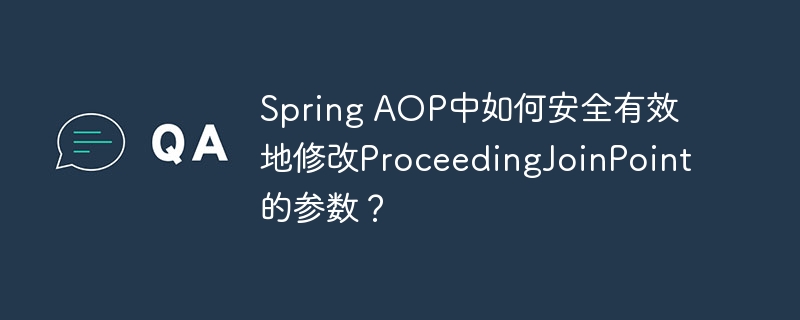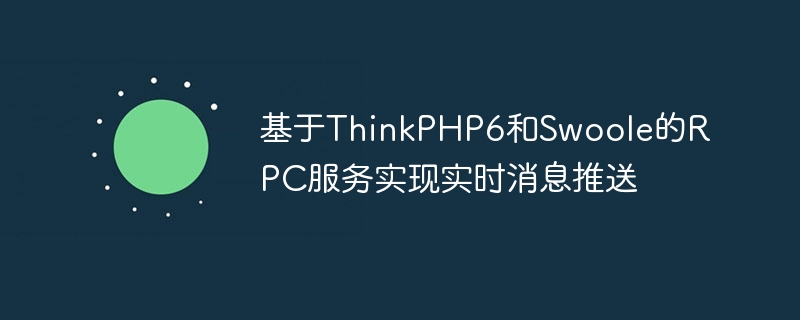
使用 gin 模块在 GWT 客户端代码中注入静态配置值
在 GWT (Google Web Toolkit) 项目中,直接在客户端代码中使用 Guice 的 @Named 注解进行依赖注入可能会遇到问题,因为 GWT 客户端代码不支持 Guice 的完整 Java 模拟。本文将介绍一种替代方案,即使用 Gin 模块来解决这个问题,实现在客户端注入静态配置值。
问题描述
当尝试在 GWT 客户端代码中使用 @Named 注解注入配置值时,可能会遇到类似 “You are executing Names.named() in GWT code. GWT does not emulate enough of Java that will work.” 的错误。这是因为 GWT 客户端代码无法完全支持 Guice 的所有特性。
解决方案:使用 Gin 模块
Gin 是 GWT 官方推荐的依赖注入框架,专门为 GWT 客户端代码设计。我们可以使用 Gin 模块来绑定静态配置值,然后在客户端代码中注入这些值。
步骤 1:创建 Gin 模块
创建一个类,继承 AbstractGinModule,并在 configure() 方法中绑定配置值。
import com.google.gwt.inject.client.AbstractGinModule; import com.google.inject.name.Names; import com.google.inject.Singleton; public class MyGinModule extends AbstractGinModule { @Override protected void configure() { bindConstant().annotatedWith(Names.named("endpoint")).to("Endpoint URL"); // 可以绑定多个配置值 } }
步骤 2:创建需要注入配置值的类
创建一个类,使用 @Inject 和 @Named 注解来注入配置值。
import com.google.inject.Inject; import com.google.inject.name.Named; public class Utility { @Inject @Named("endpoint") private String endpoint; public String getEndpoint() { return endpoint; } }
步骤 3:在 GWT 模块中使用 Gin 模块
在你的 GWT 模块定义文件中(通常是 .gwt.xml 文件),添加以下行来指定 Gin 模块:
<module rename-to='mygwtapp'> <!-- Inherit the core Web Toolkit stuff. --> <inherits name='com.google.gwt.user.User'/> <!-- Inherit the Gin module. --> <inherits name="com.google.gwt.inject.Inject"/> <!-- Specify the application entry point class. --> <entry-point class='com.example.client.MyEntryPoint'/> <!-- Specify the Gin module. --> <gin module='com.example.client.MyGinModule'/> <!-- Other module settings --> </module>
将 com.example.client.MyGinModule 替换为你的 Gin 模块的实际路径。
步骤 4:在客户端代码中使用注入的值
在需要使用配置值的 GWT 客户端代码中,注入 Utility 类,并使用其 getEndpoint() 方法来获取配置值。
import com.google.gwt.core.client.GWT; import com.google.gwt.uibinder.client.UiBinder; import com.google.gwt.uibinder.client.UiField; import com.google.gwt.user.client.ui.Composite; import com.google.gwt.user.client.ui.Widget; import com.google.inject.Inject; public class MyUIPanel extends Composite { interface MyUIPanelUiBinder extends UiBinder<Widget, MyUIPanel> { } private static MyUIPanelUiBinder uiBinder = GWT.create(MyUIPanelUiBinder.class); @Inject private Utility utility; @Inject public MyUIPanel() { initWidget(uiBinder.createAndBindUi(this)); } @Override protected void onLoad() { // 使用注入的 Utility 类获取 endpoint String endpoint = utility.getEndpoint(); // 使用 endpoint 进行操作,例如: // Window.Location.assign(endpoint); } }
注意事项
- 确保你已经正确配置了 Gin 依赖。
- Gin 模块需要在 GWT 模块定义文件中声明。
- 静态配置值应该在 Gin 模块中绑定。
总结
通过使用 Gin 模块,我们可以避免直接在 GWT 客户端代码中使用 Guice 导致的问题,并实现静态配置值的注入。这种方法可以提高代码的可维护性和可测试性,并使 GWT 应用程序更加清晰和易于理解。对于动态配置值,建议使用 GWT rpc 从服务器端获取。



















